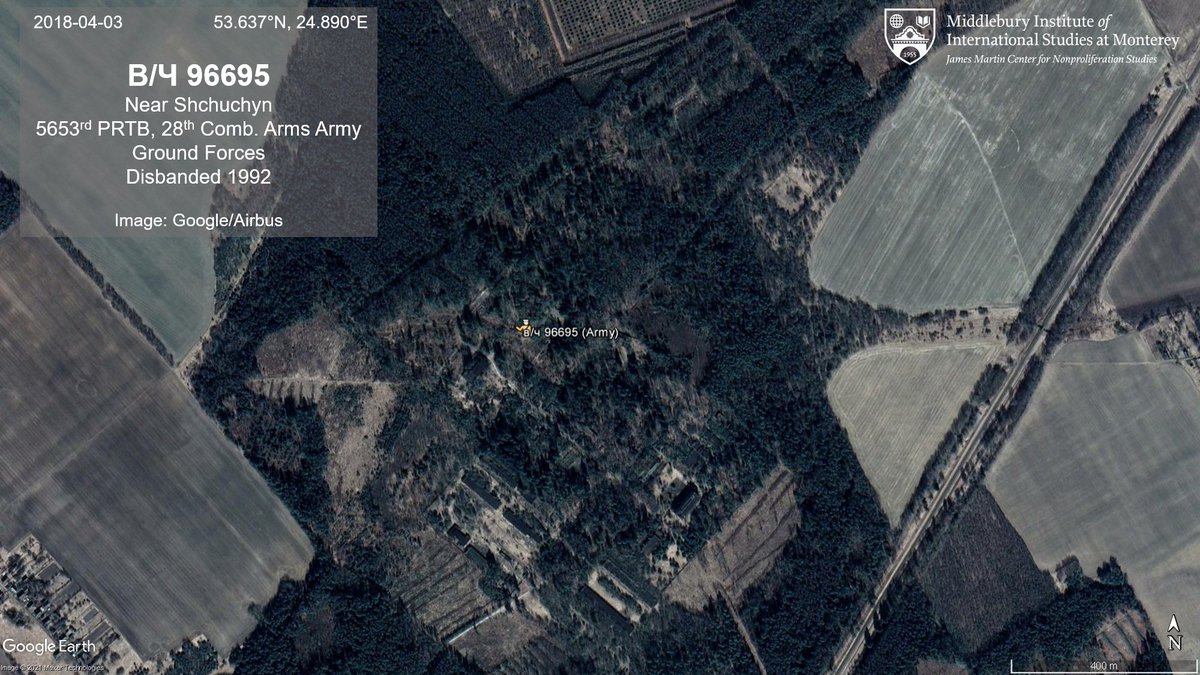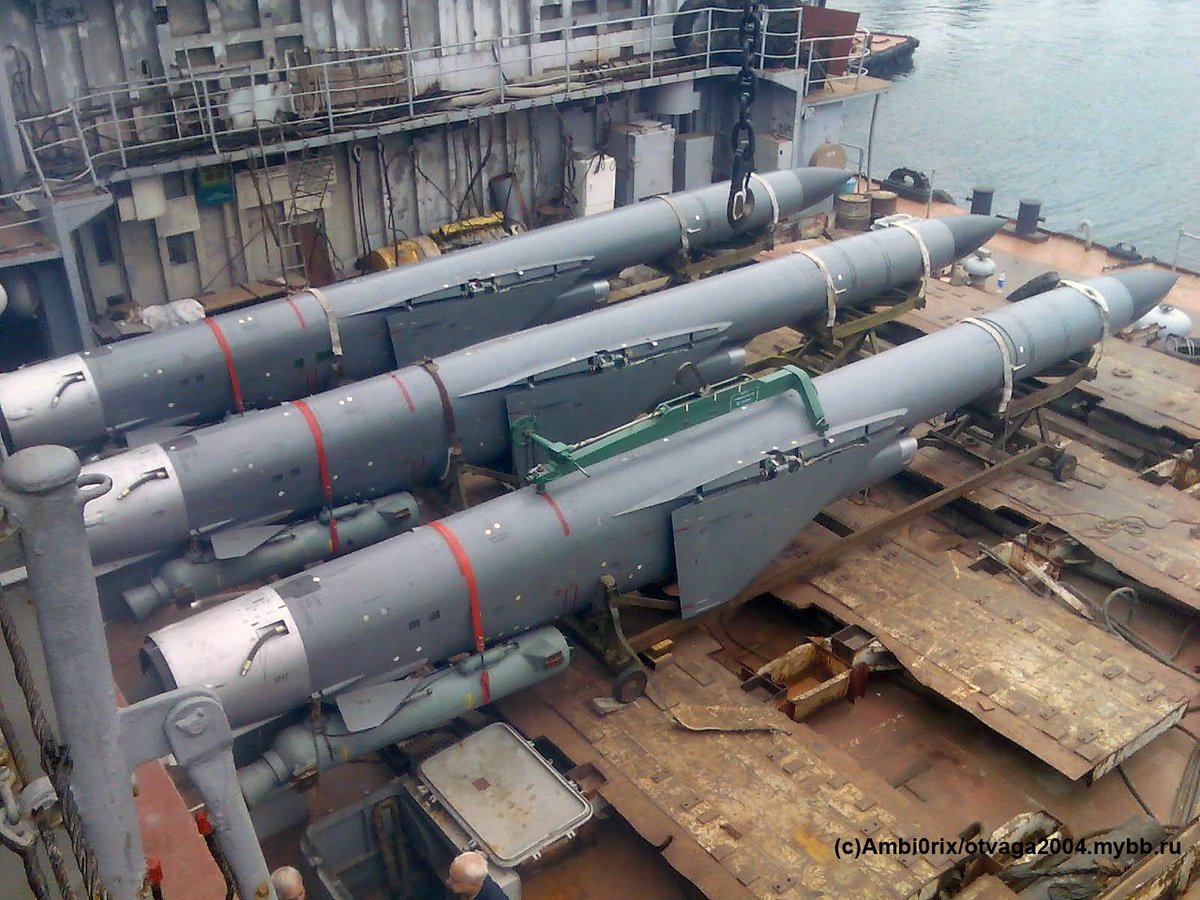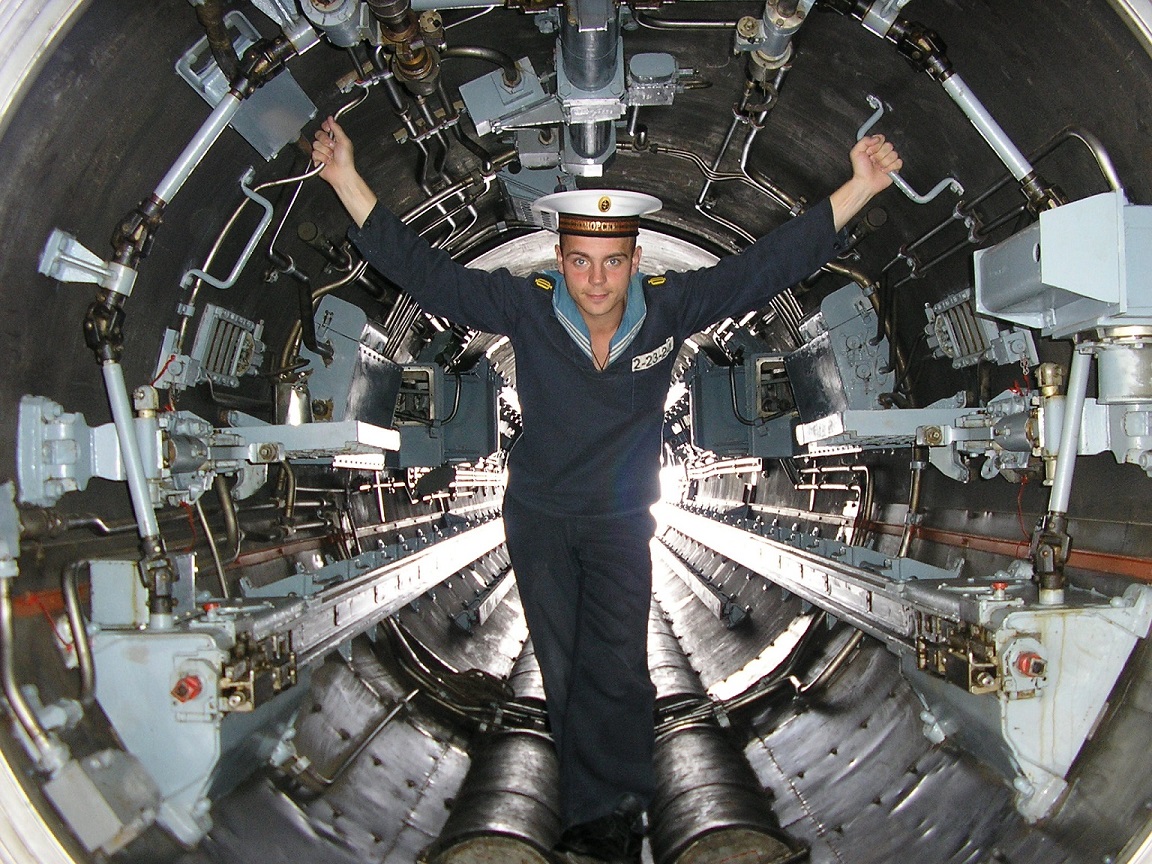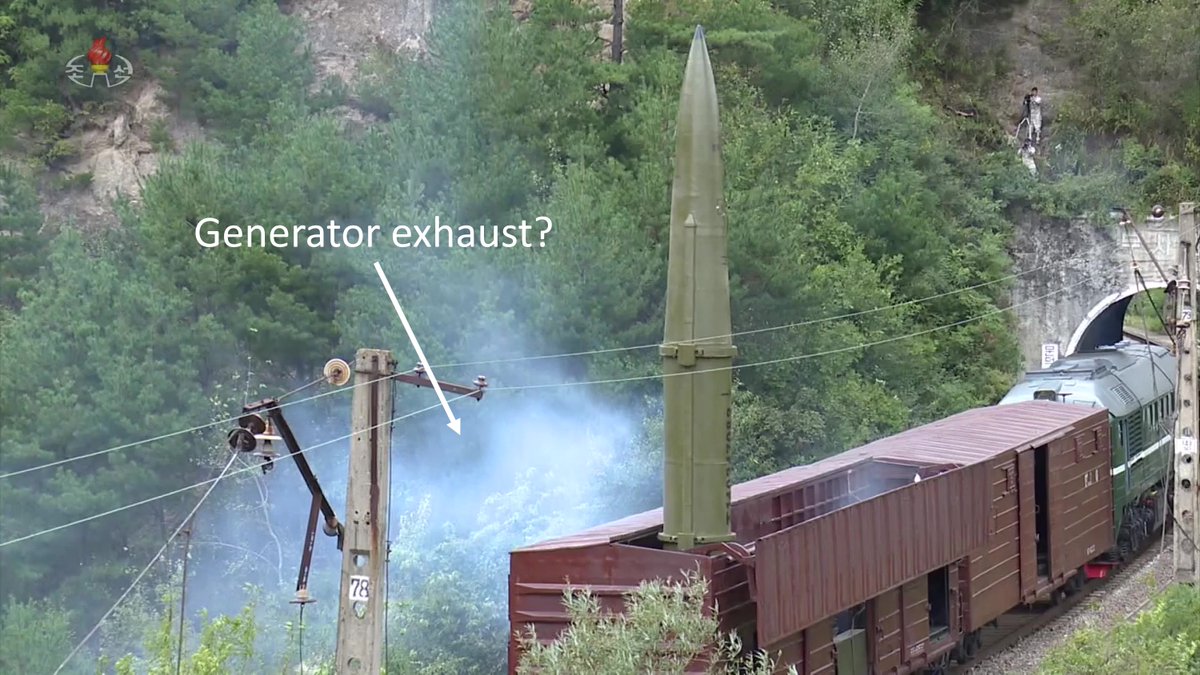1/17 I agree with this assessment. Nonetheless, since I am apparently a masochist, I geolocated all of the nuclear weapons storage sites active in Belarus during the 1980s.
I'm pretty sure there were 22 of them, though I am open to corrections.
I'm pretty sure there were 22 of them, though I am open to corrections.
https://twitter.com/nukestrat/status/1489711424544849928
2/17 First, a few notes: In Russian and Soviet service, nuclear weapons (except those attached to deployed strategic missiles) are under the control of the 12th Main/Chief Directorate (12 GUMO), a separate branch of the military directly subordinate to the Ministry of Defense. 

3/17 Thus, while a 12 GUMO unit might be attached to a nuclear-capable unit, the chains of command are separate.
Also, outside of the Strategic Rocket Forces (RVSN), 12 GUMO bases are rarely co-located with the units responsible for delivering the nuclear weapons in wartime.
Also, outside of the Strategic Rocket Forces (RVSN), 12 GUMO bases are rarely co-located with the units responsible for delivering the nuclear weapons in wartime.
4/17 I will refer to 12 GUMO units by their 5-digit military unit (военная часть or в/ч) number. I will provide additional information (unit name, the parent unit responsible for operational use of the nuclear weapons, and year of disbandment) when available.
5/17 Let's get started. There were two RVSN arsenals in Belarus: 25819 (Stolbtsby-2), and 42654 (Gomel-30). The weapons storage bunkers at 25819 have been repurposed, and there is now a prison at 42654.
These were high-level weapons storage.

These were high-level weapons storage.


6/17 Besides those two, all 12 GUMO units in Belarus were Repair and Technical Bases (ремонтно-технические базы- RTB) or Mobile RTBs (PRTB). These units were responsible for delivering weapons for wartime use, and storing and maintaining the weapons in peacetime.
7/17 RVSN: Like later mobile ICBMs, nuclear warhead handling for the SS-20 occurred at the division level. Earlier missiles, like the SS-4, were stored without warheads, so 12 GUMO units were attached at the regimental level.
8/17 Thus, the transition from SS-4 to SS-20 resulted in the disbanding of many 12 GUMO units.
For example, when the 170th Missile Regiment switched to the SS-20, the 1055th RTB (unit 23510) was disbanded.
For example, when the 170th Missile Regiment switched to the SS-20, the 1055th RTB (unit 23510) was disbanded.

9/ Similarly, the remaining 12 GUMO units transitioned from responsibility for a single SS-4 regiment to an entire SS-20 division. While this represented a much larger number of warheads, they were kept mounted on the SS-20s in sealed launch tubes, rather than in storage bunkers. 





10/17 Here are the remaining 12 GUMO units responsible for SS-4 warheads. Only two of them made it to the late 1980s. Part one: 





12/17 Navy: For some reason, the naval aviation base at Bychau had two 12 GUMO units attached, в/ч 20906 and 27837. It's not entirely clear to me which base is which unit.
Bychau was home to two Naval Missile Aviation Regiments, flying Tu-16s and Tu-22Ms.

Bychau was home to two Naval Missile Aviation Regiments, flying Tu-16s and Tu-22Ms.


13/17 Army: в/ч 11797 handled SS-23 warheads (and possibly some missiles). The location now belongs to the Precision Electromechanics Plant, a weapons factory.
The missile base near at Tsel, near Lapichi, had a "Separate Assembly Team" (ОСБр), but no PTRB.
The missile base near at Tsel, near Lapichi, had a "Separate Assembly Team" (ОСБр), but no PTRB.

14/17 The 5th and 7th Tank Armies, and the 28th Combined Arms Army each had a 12 GUMO unit, presumably for artillery shells and other non-strategic warheads. I can't figure out exactly where the units were based, but these sites share features with many 12 GUMO units. 





15/17 One 12 GUMO base, near Shchuchyn, was attached to the Air Defense Forces (PVO). It held nuclear warheads for SA-2 surface-to-air missiles. The number of warheads held by this unit decreased as the SA-2 was replaced. 

16/17: Five air force bases had 12 GUMO units attached. The 200th and 402nd heavy bomber regiments both flew Tu-16s and Tu-22Ms, while the 121st and 203rd heavy bomber regiments flew Tu-22Ks. 







• • •
Missing some Tweet in this thread? You can try to
force a refresh
























